Effective drainage is a prerequisite for a healthy home
The main goal of a drainage renovation is to dry the stone foundation, i.e. the plinth, to ensure its breathability and to direct rainwater and meltwater to the right place. This prevents moisture from entering the subfloor structures of the home, where it can cause mould and other damage, as well as serious indoor air problems.

Drainage is usually deficient in old properties
Property drainage became common in the 1970s and it was added to the Finnish building code in the 1980s. However, it took until the 21st century for people to truly understand the importance of drainage for the health of the house. Therefore, old drainage systems are often poorly made, clogged, or at the end of their technical service life.
Serious indoor air problems are often caused by moisture in the subloor structures
The most common causes of moisture and mould damage to foundation structures could almost always be eliminated with proper drainage.
Underdrains are concealed, so checking and maintaing them is often forgotten
Moisture rising from the ground is insidious because it can wreak havoc for a long time before the damage becomes apparent. At that point, a major renovation may already be required.
In principle, insurance does not cover any damage caused by defective drainage
Insurance policies tend to treat drains as underground and external piping of the building, where the terms of compensation contain many limitations. Compensation is not granted for damage caused by, for example, wear and tear, corrosion, frost heaving, subsidence or soil humidity.
Symptoms of a defective drainage system
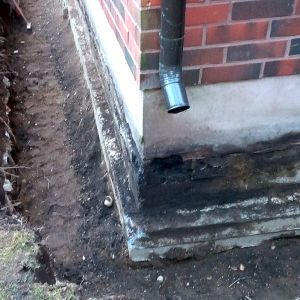
Growth, tarnish or cracks in the plinth
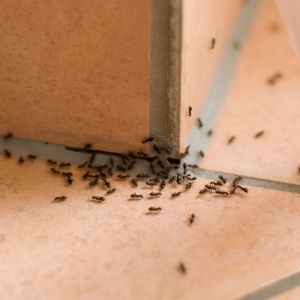
Ants in the house

Water in the basement, clogged drains
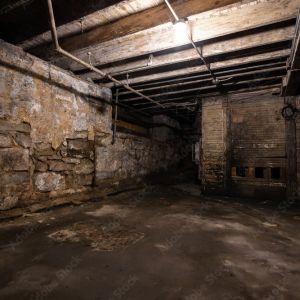
A musty or stale odour
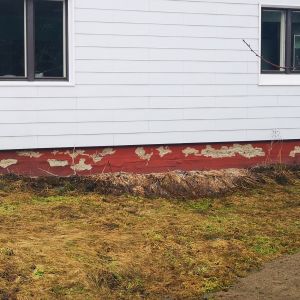
Dam plate missing, wrong soil type

Incorrect yard grading
Plinth condition inspection
Taking on a drainage renovation is a big decision, which is much easier to make, when you have up-to-date information about the current condition of the property. During the condition inspection of the plinth, our experts thoroughly review the condition of the drains and foundations, and if desired, the customer will receive a written and illustrated report on the inspection. The inspection and report are always free of charge for the customer. If moisture problems are not detected, the report provides peace of mind and serves as documentary evidence of a healthy home.

The most common causes of moisture and mould damage to foundation structures:
- Surface water runoff into the building
- Defective gutter and rainwater systems
- Infiltration of surface water into the crawl space and other structures
- Penetration of pressurised water into the crawl space and other structures
- Capillary rise of water from the subsoil to structures
Proper drainage is the single most important factor in preventing the damages listed above!
(Source: The Finnish Society of Indoor Air Quality and Climate)
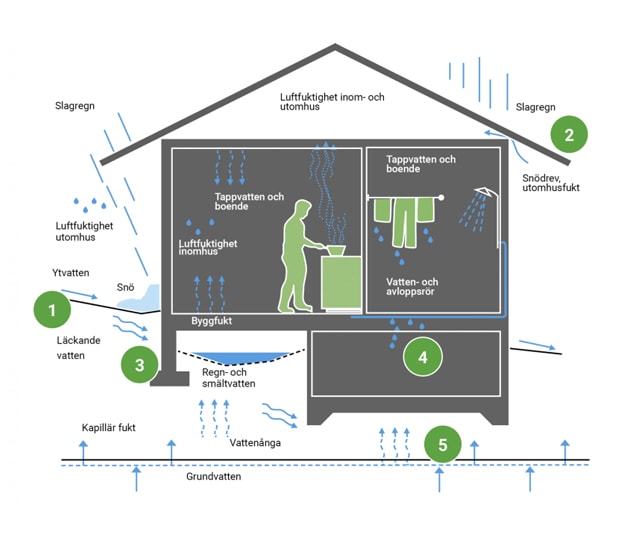
Why is timely renovation of the drainage system so important?
Drainage renovation is a big investment and therefore it is easily postponed. Furthermore, the drains are not visible, so their maintenance and inspection procedures are easily forgotten. That constitutes a risk of dysfunctional drains causing damage to the home’s subfloor structures for a long time before any signs of problems become apparent. At that point, other structures on the property may already have suffered damages, and the price of renovation may rise significantly.
ORDER A FREE CONDITION ASSESSMENT- Just like other property structures, underdrains age. Their average service life is 30 to 40 years.
- If moisture has damaged the subfloor structures, in addition to drainage repairs, other repair measures will have to be taken.
- At worst, mould and other microbial growth caused by moisture migrate into the indoor air and can cause serious health problems.
- In principle, an insurance does not cover any damage caused by defective drainage. Renovations of subfloor structures are usually large-scale contracts and the property owner has to pay for it all.

The most common property drainage problems
1. The grading of the ground is improper or graded in a way that encourages water to flow towards the home.
2. The lawn, topsoil and dirt / fine sand are attached to the foundations.
3. Frost insulation is waterlogged and made of too thin styrofoam.
4. The underdrain pipe is single-layer and 70 mm in diameter. Drain pipes are often damaged and clogged.
5. Rising damp penetrates the structures.
6. In a house with a false (fake) plinth, the wall structures are below ground level, allowing moisture to be diverted to the structures (waterlogged wooden beams, joists and insulations).
7. There is masonry mortar in the ventilation gap which increases the transfer of moisture to the wall structures.
8. The floor structures absorb capillary rising moisture.
How may we help you?
